8 of the best places for stargazing in Asia (and 5 sights Hongkongers can enjoy)
Despite well-known problems with light pollution, it’s possible to find skies as impressive as anywhere else on earth. We’ve found the best places in Asia to stargaze – and there’s much to see in Hong Kong if you can’t get away
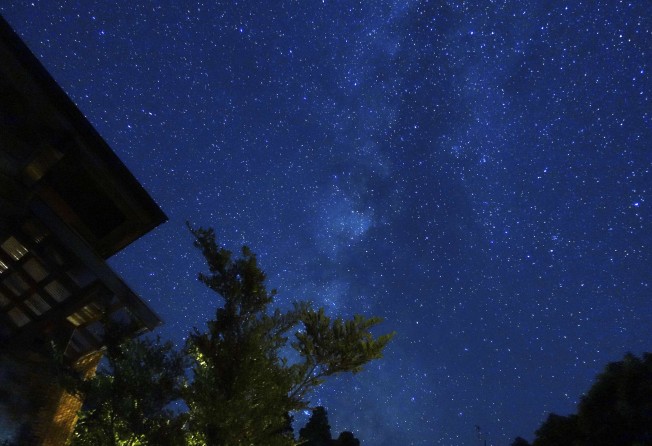
Asia has a reputation for light pollution, but away from the megacities there are dark skies as impressive as those anywhere else on the planet. If you’re headed to rural areas looking for dark night skies, always check the moon.
A bright moon is the biggest light polluter of all and washes out the stars for two weeks each month. So if you’re serious about stargazing, plan to be in your dark sky destination of choice in the period from about 10 days before a new moon to four days afterwards.
Check what’s happening with the monsoon, but clear nights in January tend to be the crispest in the northern hemisphere. Another date to aim for darkness is the Perseids meteor shower (August 11-12) if you want to see dozens – even hundreds – of shooting stars, while the Milky Way is most easily seen between July and October.
Yakushima, Japan
Heading to one of the world’s wettest places doesn’t sound like a great idea for a stargazer, but this beautiful forested island south of Kyushu offers some of Asia’s crispest dark skies. Downpours are common, but since rain cleans the atmosphere of dust, the clarity can be impressive. After a glorious sunset at Inakahama Beach on the west coast you can also see loggerhead and green sea turtles lay their eggs under the cover of darkness. As another bonus for space fans, the 90-minute hydrofoil from Kagoshima on the mainland to Miyanoura in Yakushima passes the island of Tanegashima, from where satellites and probes are launched for Japan’s space programme.
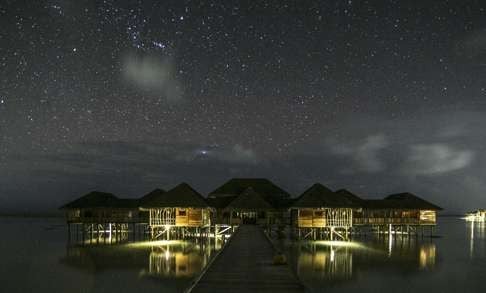
This is pure luxury, but it’s worth a mention for the sole reason that the second man on the moon is a regular visitor. Out here on an over-water resort in the Indian Ocean, Buzz Aldrin heads straight for Gili Lankanfushi’s Ocean Paradise Dive Centre. “Scuba diving in the ocean has a similar freedom to being in space,” says Buzz, “particularly when you’re upside down.” Aldrin can use a powerful on-site telescope to zoom in on his old stamping grounds on the moon, while trained staff are on hand to guide visitors around the Indian Ocean’s starlit sky.
Yeongyang Firefly Eco-Park, South Korea
Welcome to Asia’s first official International Dark Sky Park. Rapid post-war industrialisation washed out the night sky in many South Korean cities, but Yeongyang’s 390 hectares of mountainous terrain in the east of the country offers impressive respite from light pollution. It’s set within the Wangpi River Basin Ecological Landscape Protected Zone, which has been protected for a decade, and is home to a conservation project for fireflies, which thrive in natural darkness. Some think the same applies to humans, and so-called “medical tourism” is expected to boom.
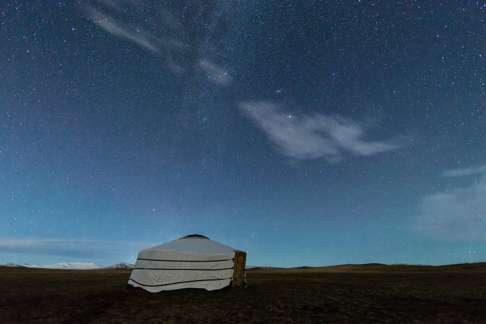
With vast open skies offering plenty of stargazing opportunities, the Mongolian steppe is equal to any wilderness area on the planet when it comes to darkness. Shangri-La’s property in Hohhot – the capital of the Inner Mongolia Autonomous Region – offers an excursion that includes an overnight stay in a mushroom-shaped Mongolian yurt in the huge Xilamuren Grassland. With limited outdoor lighting and zero high-rise buildings, the nightly campfire gathering for visitors is the ideal time for some stargazing.
Six Senses Con Dao, Vietnam
Time for a close-up. This top-ranking eco-lodge on an island off the southernmost shores of Vietnam has that rarest of treasures – its own private astronomical observatory, centred upon a high-quality, 127mm Maksutov-Cassegrain telescope. Visiting astronomer Dr Parag Mahajani shows close-ups of the planets, the moon and more to up to 30 guests at a time. The sessions are available to all resort guests twice a week from 9pm to 10.30pm, with private sessions for a small fee if you want to get serious.
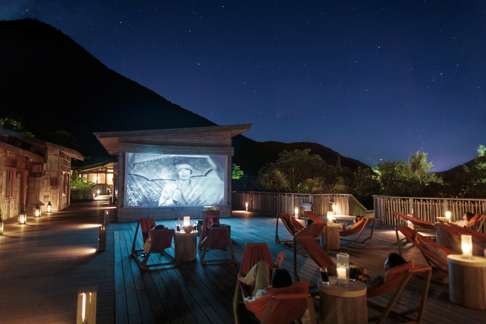
Amanpulo, the Philippines
Since it’s the biggest dark-skies guarantor of all, stargazers love to look out over the ocean. That makes any remote island ideal for searching out stars and constellations, but Amanpulo on Pamalican Island in the Sulu Sea has something else up its sleeve. A private island resort of white-sand beaches and coral reefs, Amanpulo has a huge Dobsonian telescope and a resident stargazing expert to navigate guests through the seasonal constellations.
Day of Silence, Bali
Stargazing is all about timing, but not just to catch planets at their brightest, or to spot transits of the International Space Station across the night sky. Power cuts are incredible events for star-spotting, and Bali has one each Saka new year (it falls on 28 March in 2017 and 17 March in 2018). Called Nyepi, or Day of Silence, this Hindu celebration has the island fall quiet, with public lights switched off for 24 hours, even at the airport. Nobody is allowed to make any noise or travel anywhere. Even major hotel chains like the InterContinental in Jimbaran asks guests not to leave the hotel or visit the beach. For the enlightened tourist, Nyepi can be an inconvenience, but at dusk it becomes an incredible dark-sky experience.
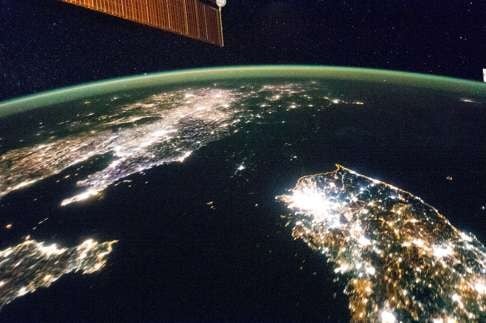
If a dark place like Yeongyang is something of a surprise in industrialised South Korea, you only need to head north for Asia’s darkest skies. However, they’re far from being the most accessible. Aside from the capital city, Pyongyang – itself no brighter than a small town south of the border – almost the entirety of the Democratic People’s Republic of Korea (DPRK) is completely dark at night, with little industrial activity or road infrastructure to cause light pollution. Although it’s possible to visit Pyongyang on an organised trip, strict controls on tourism keeps stargazing a state secret, though there are some resorts near the Mount Kumgang “tourist region”.
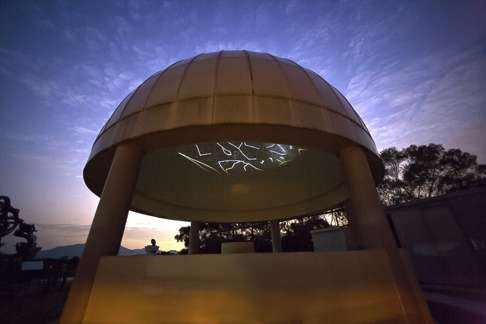
Hong Kong is in prime position this month for some planet-spotting and summer stargazing. If clear skies continue, there’s no better place than the naked-eye observation area at Astropark near the Chong Hing Water Sports Centre, though stargazers also love the Plover Cove Reservoir.
1 Mars & Saturn
Look southeast at nightfall and you’ll see the red planet almost as bright as it ever gets this month. Don’t confuse it with a nearby star, Antares, which is also red, though that giant star is just below Saturn. To see Saturn’s rings, you’ll need a small telescope.
2 Jupiter
Look west at dusk and you’ll see bright Jupiter setting in the constellation of Leo. If you’ve got a small pair of binoculars you can see its four largest moons, Io, Europa, Ganymede and Callisto.
3 The Summer Triangle
Rising this month at dusk are three bright stars, Vega, Deneb and Altair, which together make up the giant Summer Triangle. As well as signalling the arrival of summer, it also helps stargazers locate the Milky Way galaxy.
4 The Milky Way
If you have really dark, clear skies and can wait until the Summer Triangle is overhead – about midnight – you might see the Milky Way streaming downwards to the southern horizon, with Saturn and Mars to its right side.
5 The International Space Station
If you’ve never seen man’s orbiting spaceship, check Nasa’s Spot The Station website (spotthestation.nasa.gov) for exact timings of its Hong Kong flyovers. A surprisingly bright, constant light, the ISS always appears in the west and crosses to the east, taking about two or three minutes.